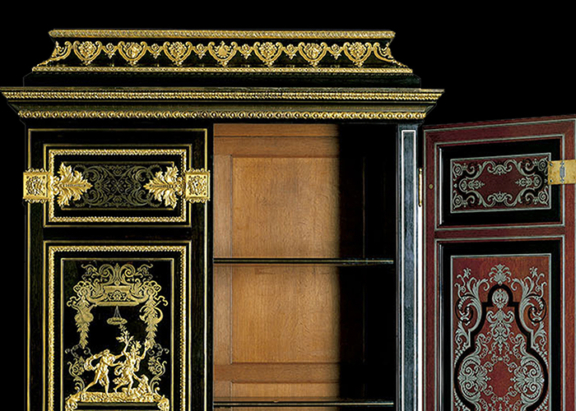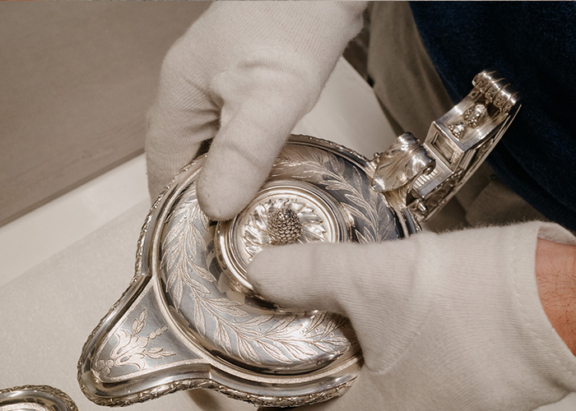

Museum renovations
18th-century French art and Gold and silverware collection
The renovation of the rooms dedicated to 18th-century French art is almost finished. The gold and silverware gallery will soon open its new display. As for the rest of the gallery, you can now visit it and discover the changes that the Museum undertook in the last months.
The Museum galleries dedicated to 18th-century French art bring together a remarkable group of artworks that testify to the excellence of French artistic production of this time.
For long weeks, the space where painting, sculpture, decorative arts, and 18th-century French books are exhibited was closed to the public due to a complex renovation that was supported by Max Mara. We have finally reopened our doors and invite our visitors to explore the gallery and get to know the new displays there.
But there’s more to come... The gold and silverware gallery is also being renovated. You can soon revisit it and discover its new layout.
Follow the reinstallation
What happens between the moment when the gallery closes and the moment it reopens? Follow each step of the reinstallation here.
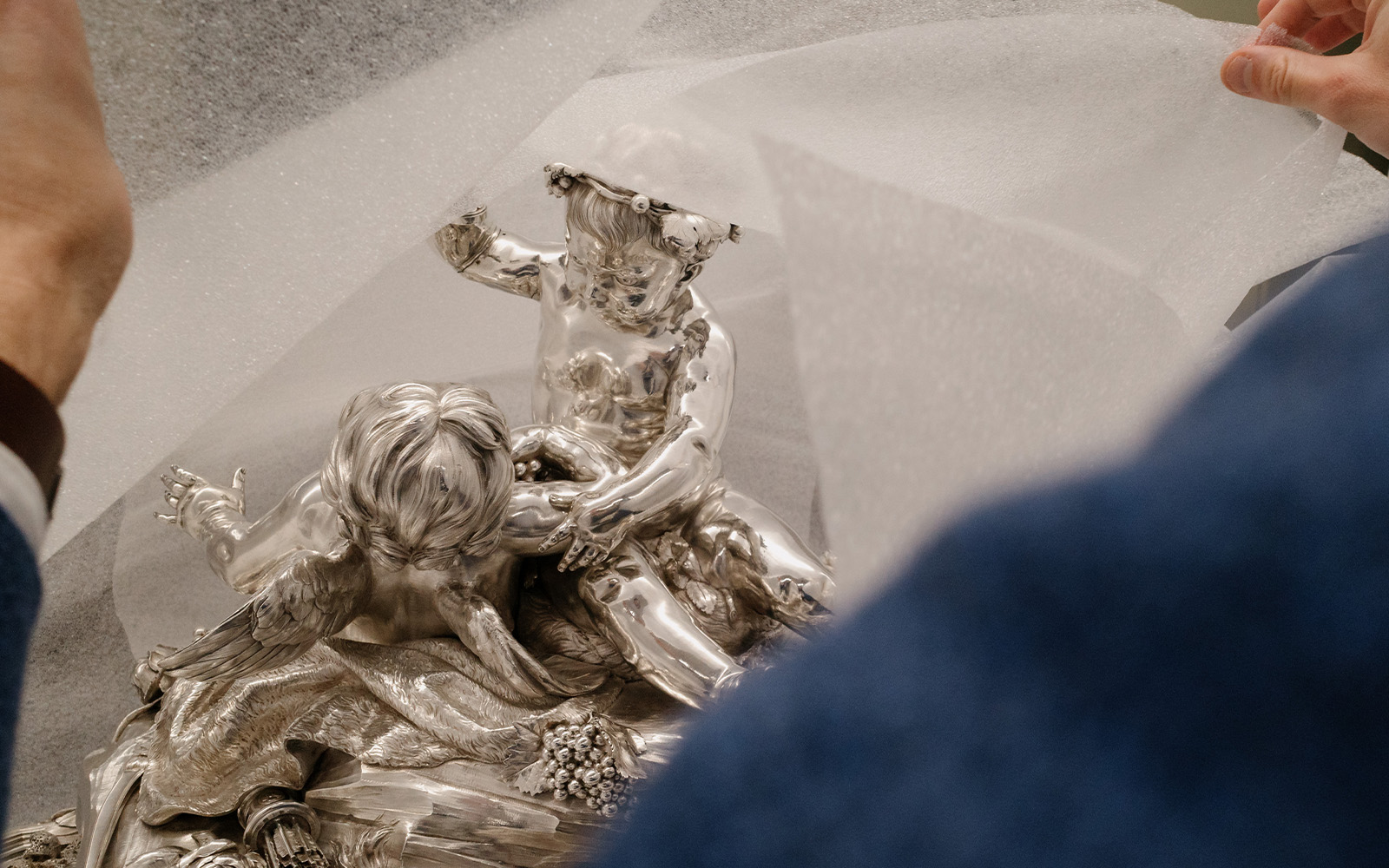

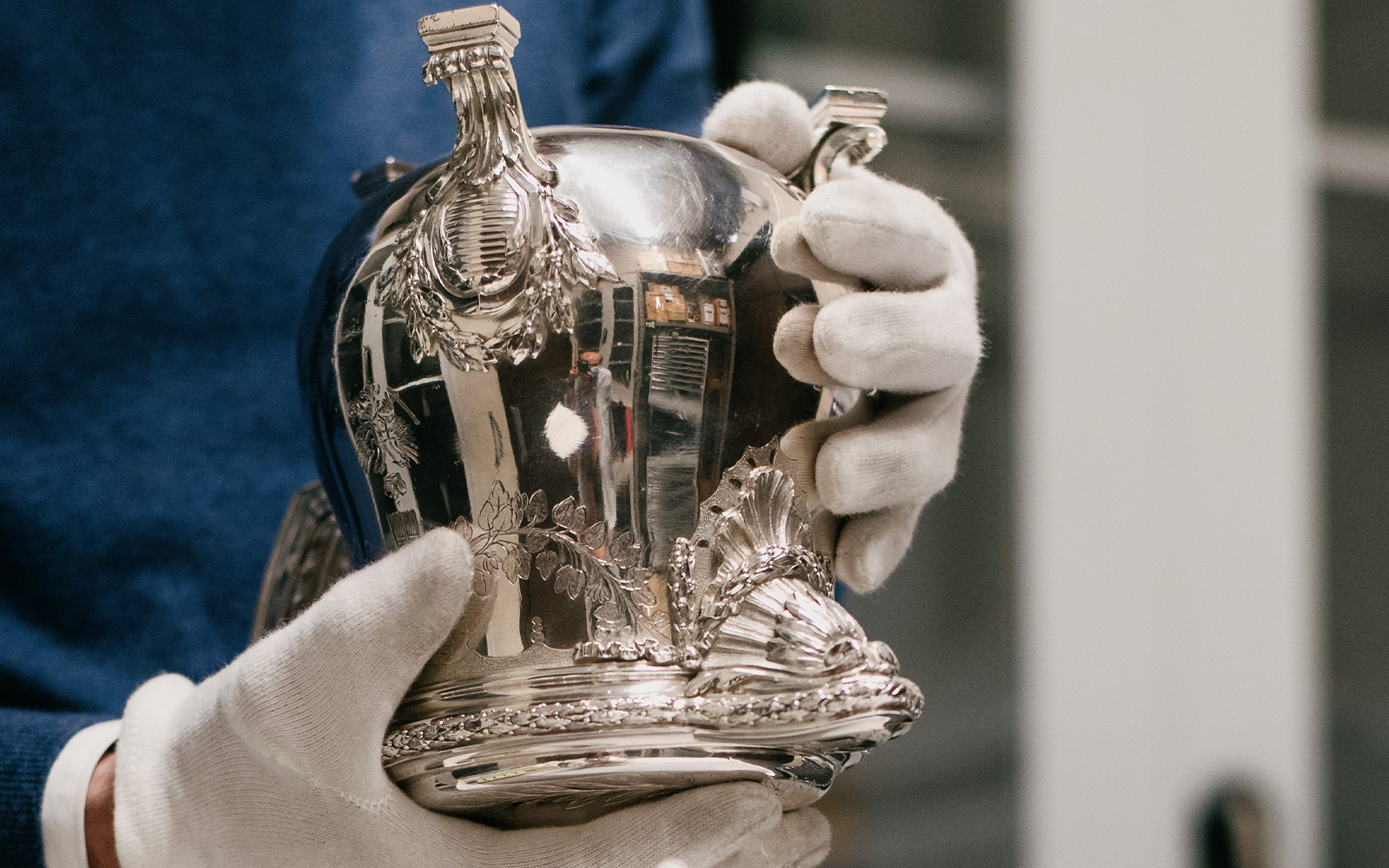


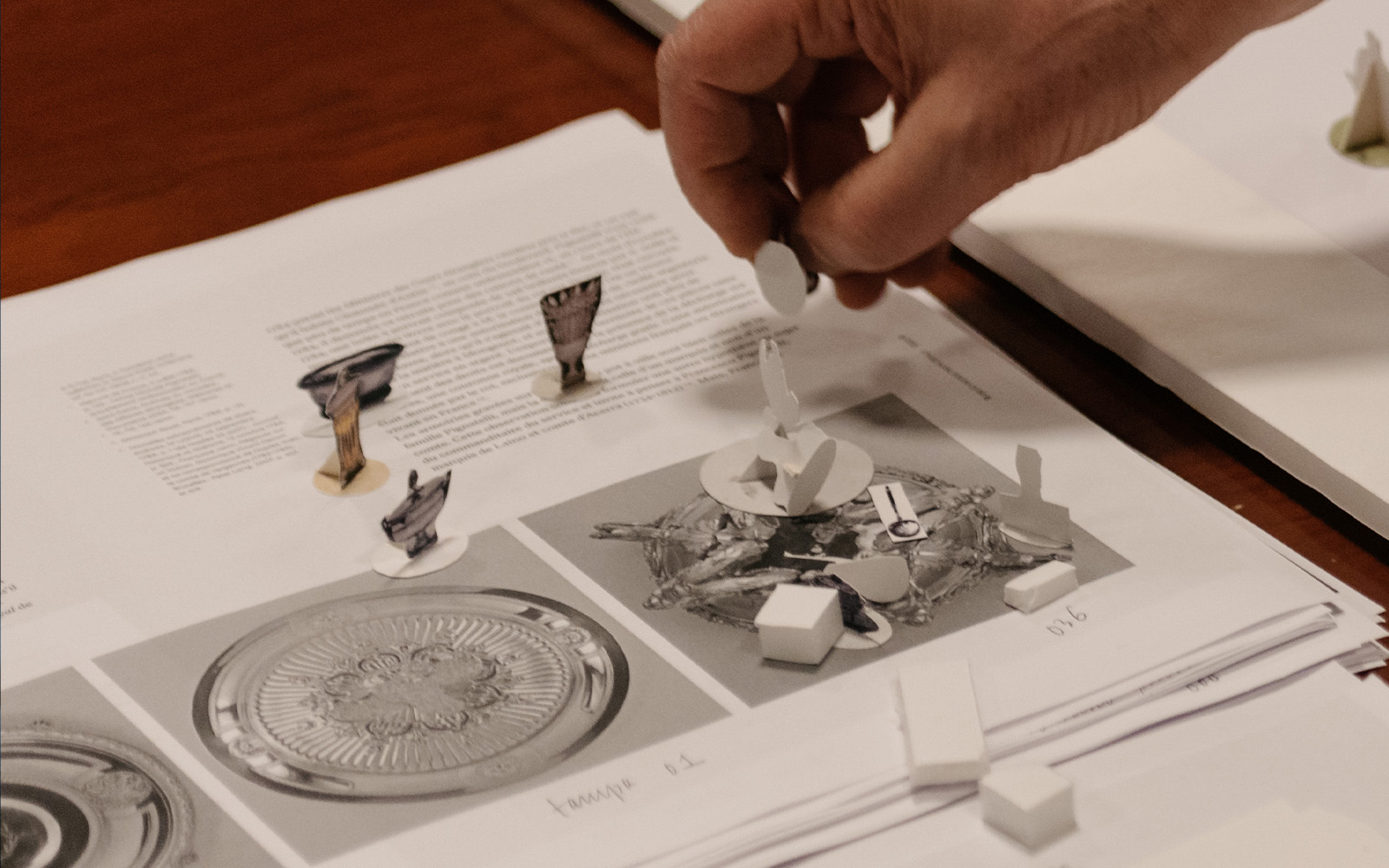
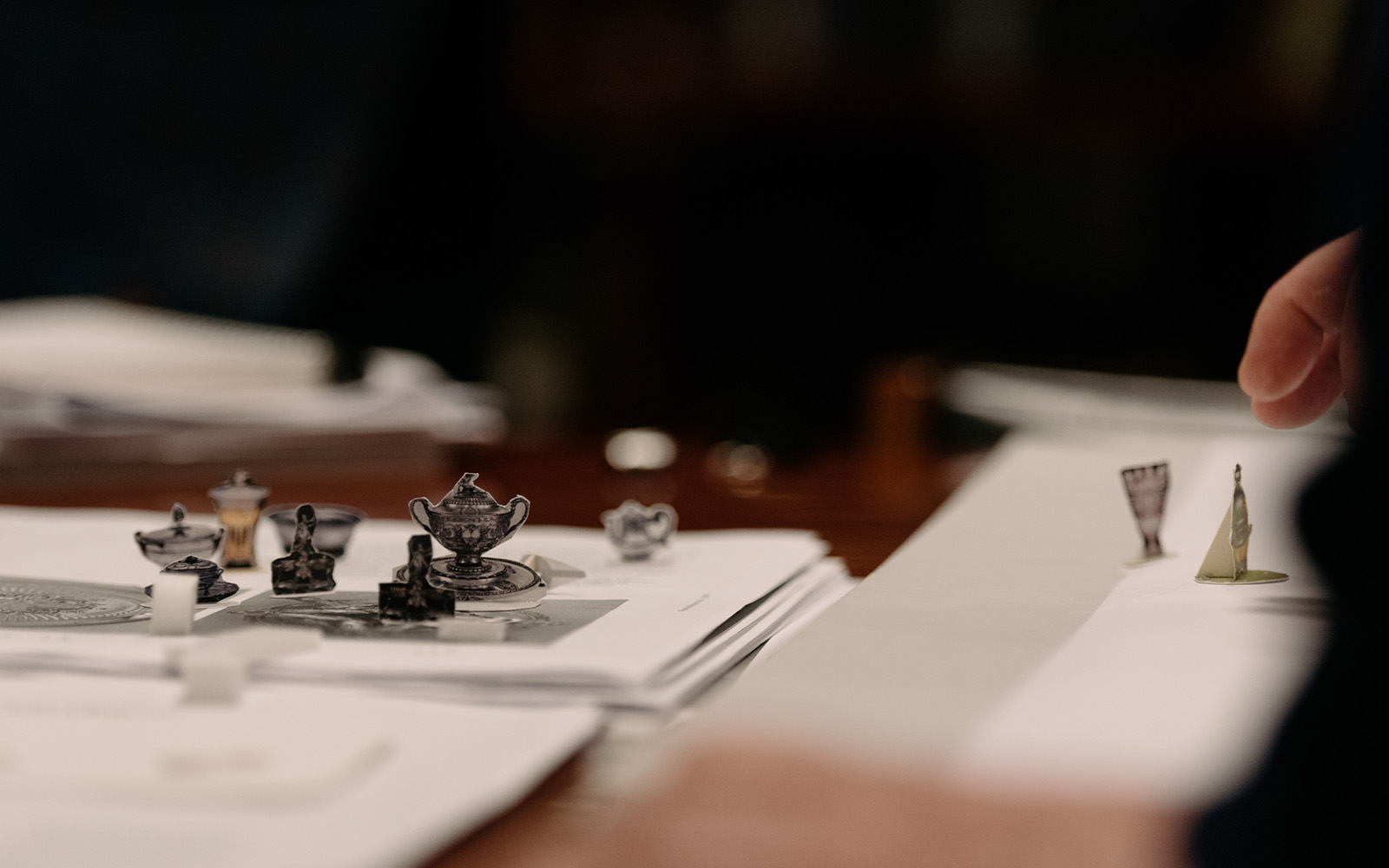

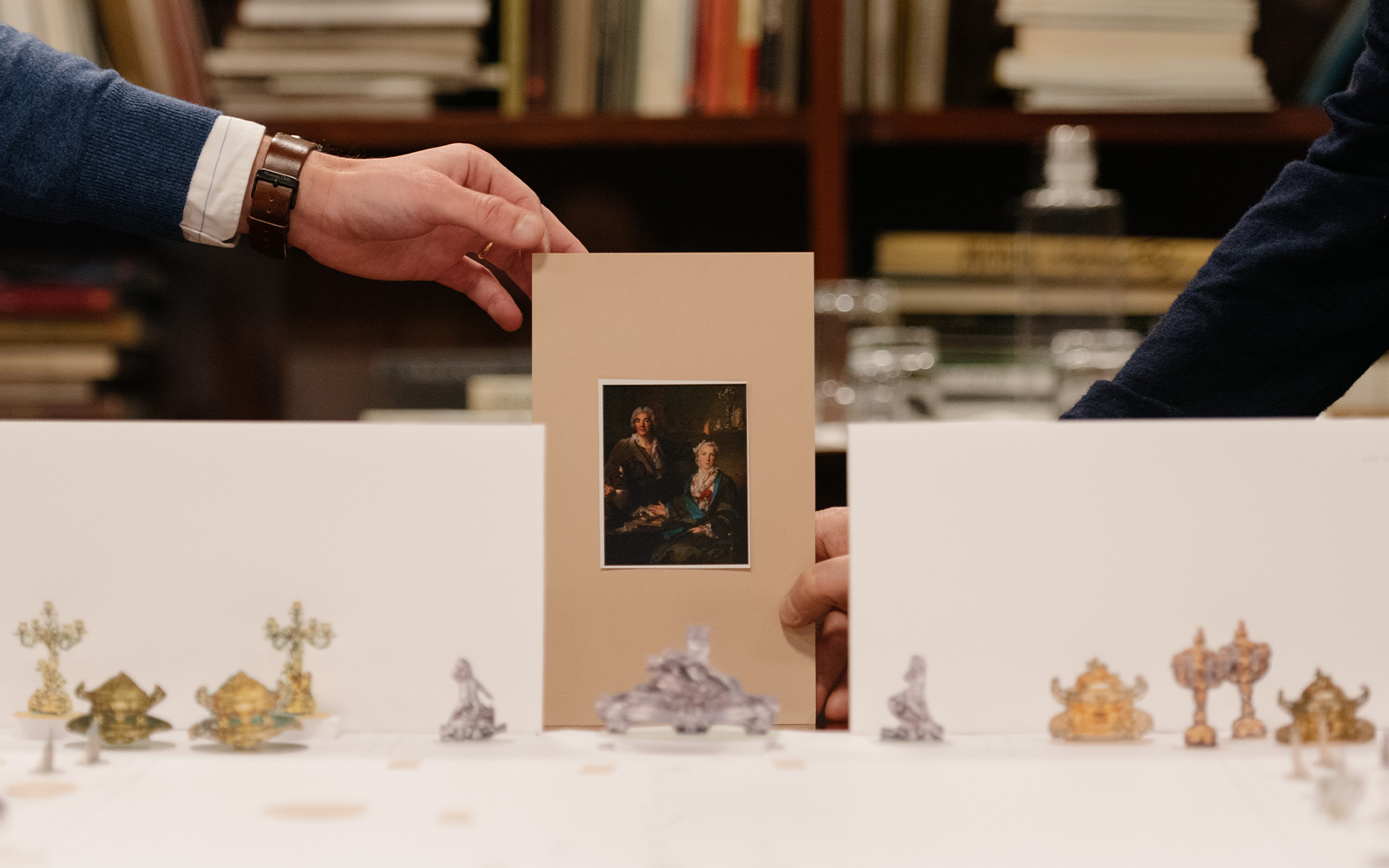
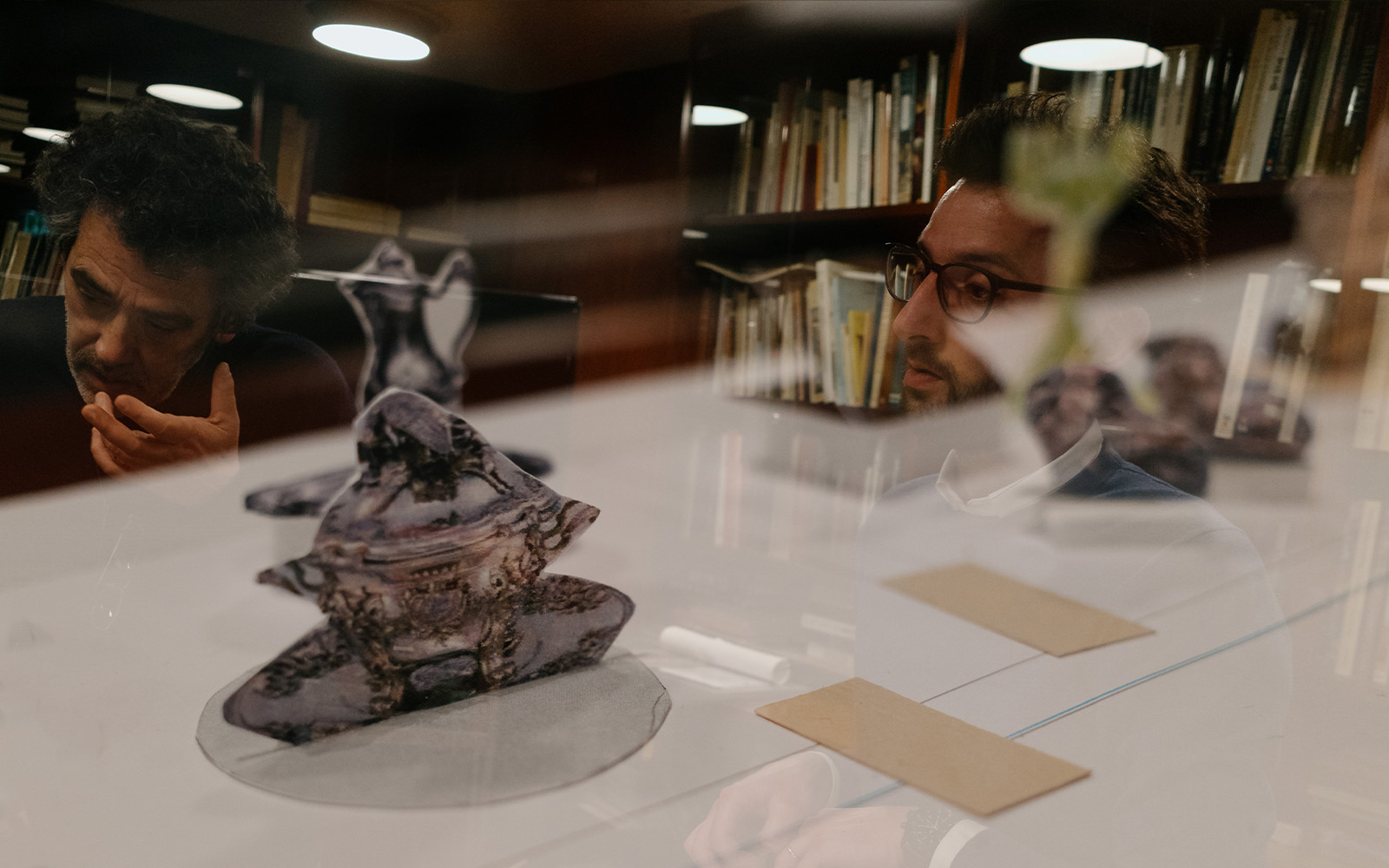
The Collection
‘Only the best’, said Calouste Gulbenkian about his purchases of works of art. Discover which of these feature in the European art gallery.
Portrait of Marechal Duke of Richelieu
The Marechal Duke of Richelieu was the great-nephew of Cardinal Richelieu, King Louis XIV’s chief minister. The ceremonial clothing he wears in this portrait, made of white satin and silk, tells us that he had recently been admitted to the Order of the Holy Spirit. This portrait d’apparat, the name given to portraits in which the figure appeared surrounded by objects symbolising their status and power, occupied a central position in the painting gallery in Calouste Gulbenkian’s house in Paris.
Mantel clock
What time is it? In the luxurious interiors of 18th-century France, clocks such as this one were status symbols for their owners. At their best, they provided the opportunity to display the artistic skills of their creators and craftspeople. Each of the fifteen clocks purchased by Calouste Gulbenkian is a perfect demonstration of those skills.
Tapestry
The gallery dedicated to European art from the 15th to the 17th centuries was also closed due to the renovation. It was thus necessary to remove the tapestries on display here, which illustrate the superb Italian textile production that reached its peak in the 16th century. In this work, titled ‘Fishing’, made after Giulio Romano, a group of cupids are enjoying themselves beside a brook in an idyllic landscape. During the renovation, these tapestries will be cleaned and studied, a process we hope to share soon.
Wardrobes (pair)
What is Boulle furniture? Calouste Gulbenkian bought various pieces of ‘Boulle’ furniture for his collection. The creations of André-Charles Boulle, whom Louis XIV appointed ‘Master cabinetmaker to the king’, were notable for his use of a technique of applying metal and tortoiseshell to ebony to create decorative effects. This pair of armoires was attributed to the French cabinetmaker by the Museum. The doors are embellished with scenes from ‘Metamorphoses’ by Ovid, the 1st-century Roman poet.
Bergère
Did you know that the creation and construction of a piece of fine French furniture required the involvement of several master craftspeople involved? With each artist responsible for a different part of the object, chairs such as this one were prime examples of their mastery. Here, the cabinetmaker George Jacob created the structure, while the upholstery was produced by the Beauvais Tapestry Manufactory.






